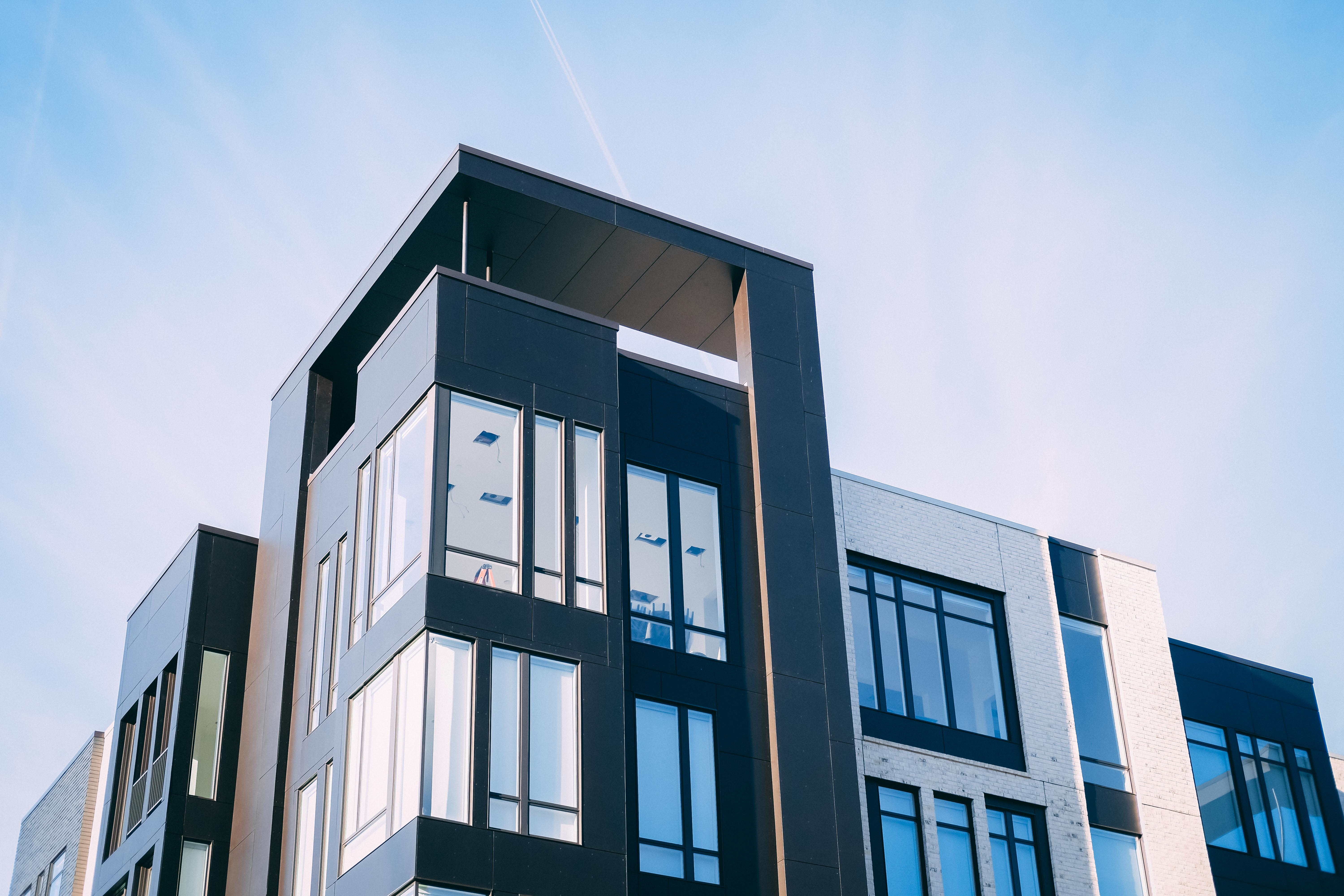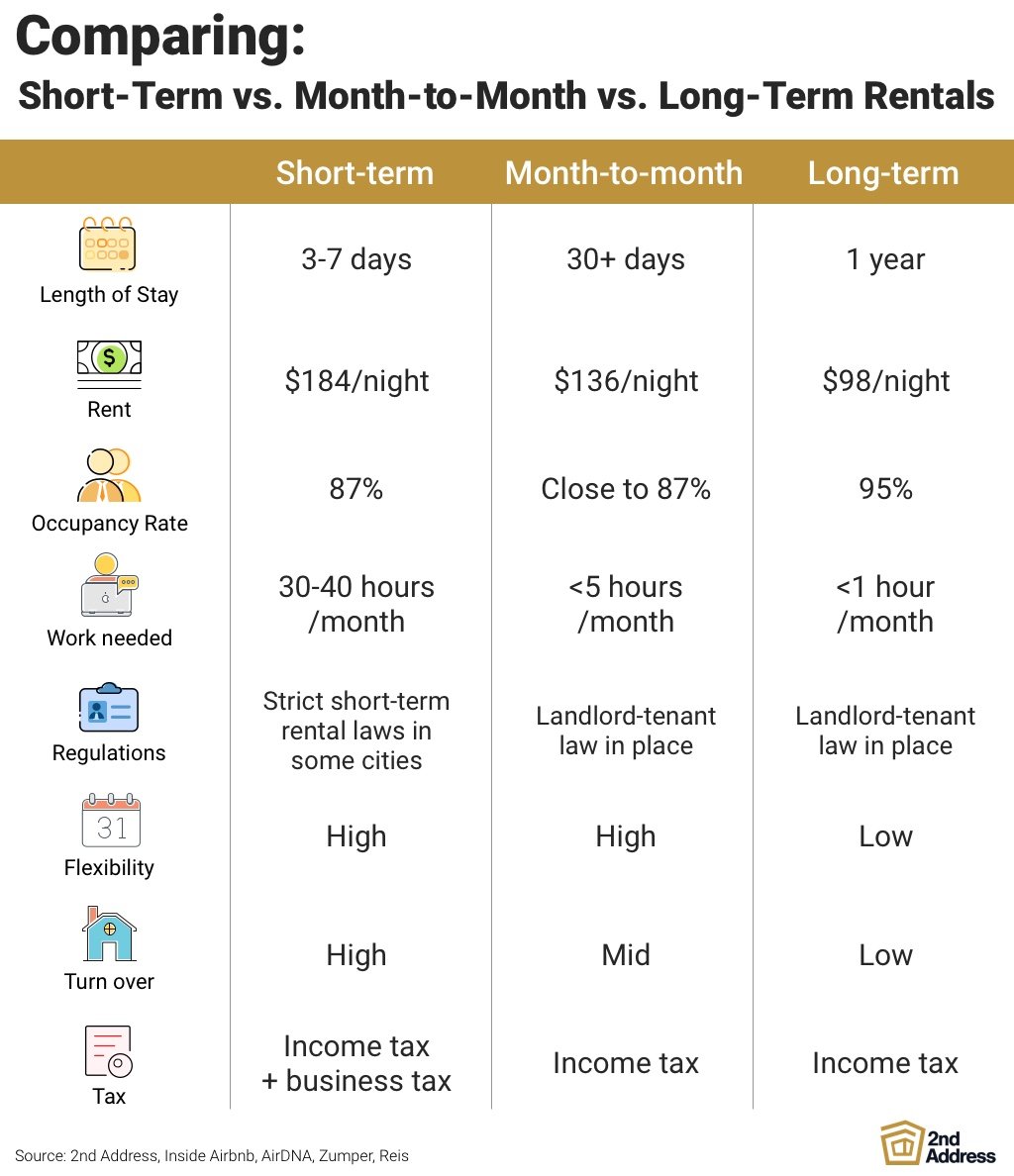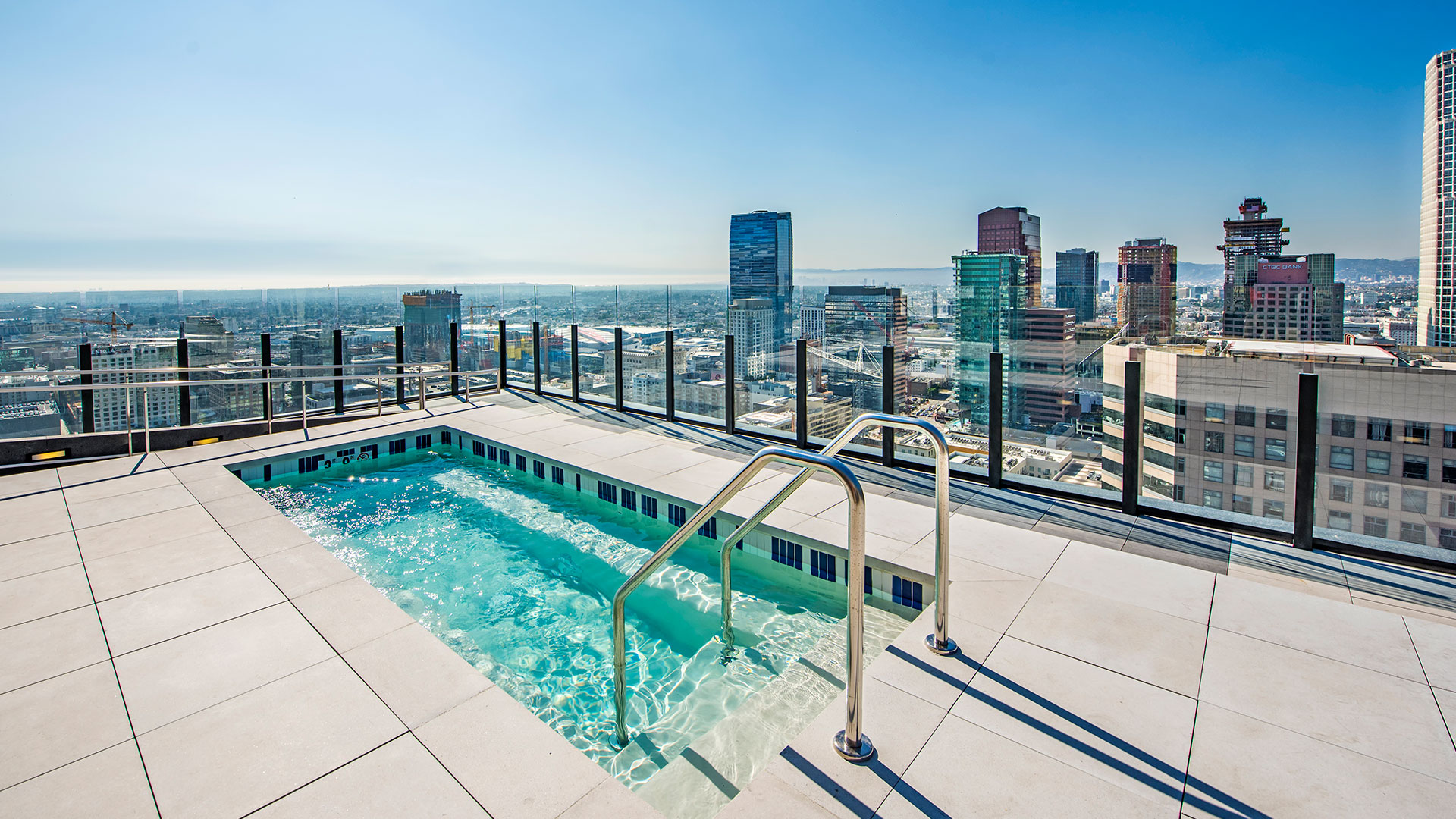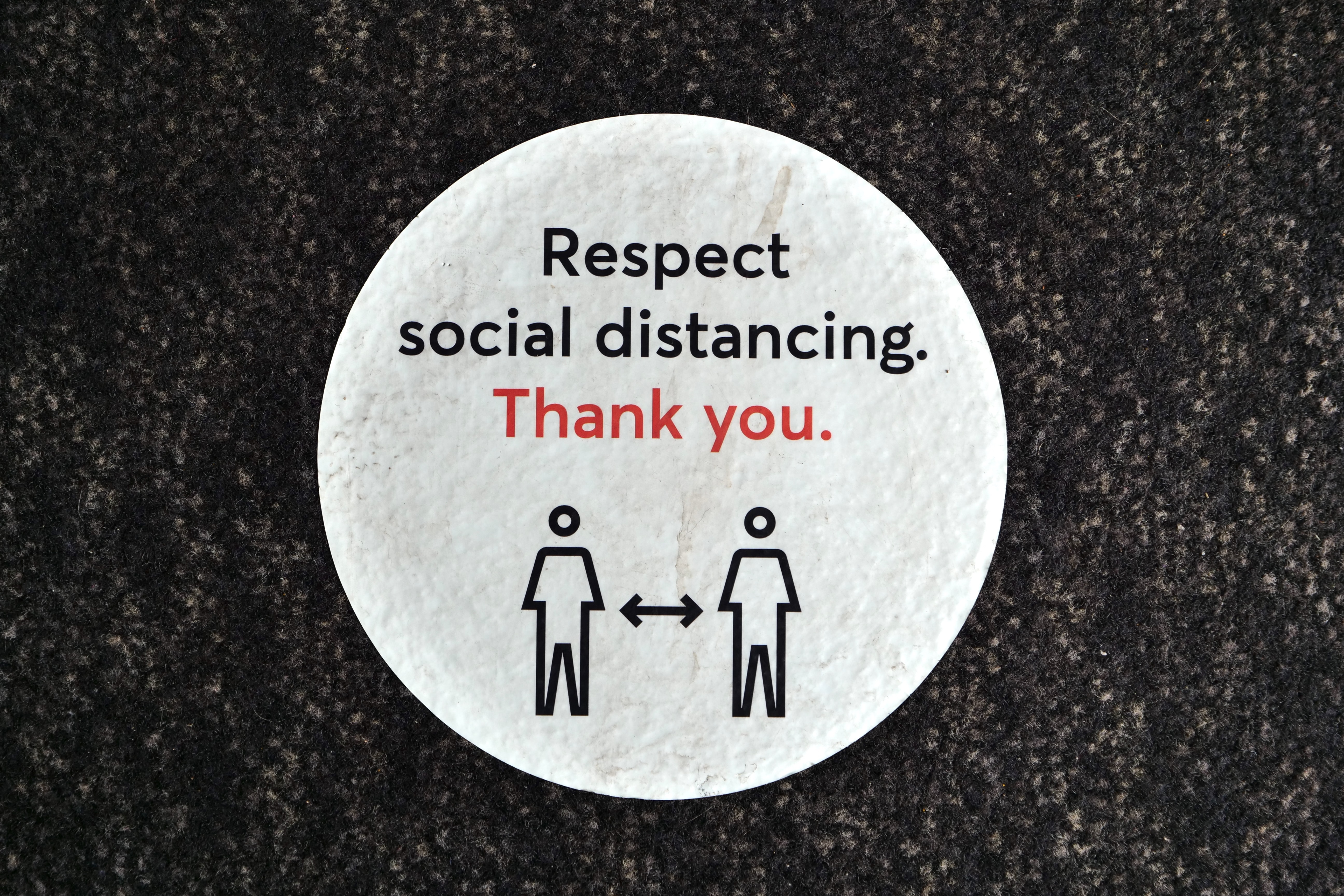AIM 2025 Recap: Real Conversations, Renter Insights, and a Party to Remember
From smart content strategies to stronger renter experiences—here’s what stood out at AIM 2025.
3 min read
 McKenna Hogan
:
Feb 17, 2020 8:00:00 AM
McKenna Hogan
:
Feb 17, 2020 8:00:00 AM

Vertical Rent says it best: “each time you turn over a rental unit, you increase your operating costs.”
This could include lost rental income, unscheduled upgrades, cleaning, and repairs - not to mention spending more marketing dollars.
However, the duration of a rental lease isn’t always indicative on whether or not you want a certain leasing calendar. Unfortunately there are many more factors that are at play.
Because of this, we’ve done some research to find exactly why long-term renting is projected to increase in 2020.
In real estate, there are three types of renting: long-term, short-term, and month-to-month.
Each comes with their own set of pros and cons, and one may be preferred over the others, depending on each individual community.
Below we’ve outlined all three types of renting and how they function within real estate.
Short term renting typically lasts from 3-7 days. This has become overwhelmingly popular in recent years due to the rise in Airbnb and other hosting businesses.
The great thing about this type of renting is that it’s convenient for travel purposes - however, it’s typically much pricier than long term-renting.
Typically lasting one year, long-term renting is the most popular in multifamily.
This option is usually the least expensive, and provides a much more stable leasing calendar for property management companies.
Pretty obvious, month to month renting is on a 30-day cycle.
Price margins indicate a middle ground between long and short-term renting, and have similar occupancy rates to short term renting.
View the graphic below for a comprehensive guide to each.

Although remaining widely popular since its fruition in 2008, the process has garnered a lot of attention on whether or not short-term renting should be regulated.
2nd Address presents the question: should it be regulated more strictly to preserve local culture and keep local residents from being priced out, or allow it to thrive and reap the benefits of booming tourism?
Regardless of your stance, big cities like New York, San Francisco, LA, Washington DC, Chicago and Boston have all enacted some form of regulation for short-term renting.
With new terms like obtaining a license and limited days to rent out per year, 2020 will definitely see a decline in short-term renting across the US.
Regardless of whether or not it actually occurs, anticipating a recession can be a self-fulfilling prophecy.
While 50% of real estate experts anticipate a recession in 2020, and another 35% foreseeing one in 2021, the possibility of an economic downslide is enough to cause consumers, investors, and businesses to cut back on spending.
But budgeting isn’t the only factor in increased long-term renting.
A new Freddie Mac survey found 24% of renters “extremely” unlikely to ever own a house, and 82% said renting is cheaper than buying.
Thanks to a mixture of safe spending as well as certain beliefs about the real estate market, renting as opposed to buying has shown to be the “financially responsible” decision for many.
And these modern trends are extremely compatible with long-term renting.
Providing the safest and cheapest renting option, it’s viewed as the most financially responsible for modern-day consumers.
According to the National Apartment Association, the United States has experienced about a 5% increase in rental growth with no markets experiencing declines.
In fact, this increase in rent growth is due to steady occupancy that’s been reported over the past 5 quarters, which has been above 95%.
These numbers likely aren’t drawn from short-term or month-to-month renting.
In reference to the graphic above, the renting option with the highest occupancy rate is long-term, reaching as high as 95%, whereas the other to lay around the mid-80s
Because of this, it’s safe to say long-term renting is the main contributor to these percentages.
Regardless of which rental style is preferred, the current real estate market is in favor of long-term renting.
So, in order to properly prepare for 2020s transition into a more stable leasing calendar, here are some preemptive steps to take to maintain a high occupancy rate.
Living in an apartment unit for a longer period of time, renters start to notice some stuff.
It could be outdated amenities, old flooring, minimal outlets, etc.
Which is why offering improvements to tenants -even if you were intending on making them regardless- can register very well among renters. In fact, it could even seem like a personal favor.
Responsive property management is extremely important in the decision to re-sign a lease.
The job title infers you’re the one tenants can rely on, so if you are unreachable or unhelpful, that’s a relationship that has lost trust. And renters don’t take problems within their homes lightly.
So simply acknowledging the issue at hand and providing an open channel of communication can make a world of a difference in how your authority is perceived.
The thing about long-term renting is that when tenants opt for resigning their lease, regardless of how many times, the unit they’re renting starts to feel more like home.
And just like with a real home, renters prefer to see regular upkeep within the community as well as gradual improvement.
Little things go a long way, so simple improvements like a fresh coat of paint and regularly cleaning can make a world of a difference to renters.
Click here for a comprehensive list of ways to maintain occupancy year-round.

From smart content strategies to stronger renter experiences—here’s what stood out at AIM 2025.

Photography is worth a thousand words, or at least, it used to be. Today, it’s worth a 42% increase in click-through rate.

Preparing your community to reopen after months of lockdown? We’ve compiled a list of six ways apartment communities can reopen safely and...